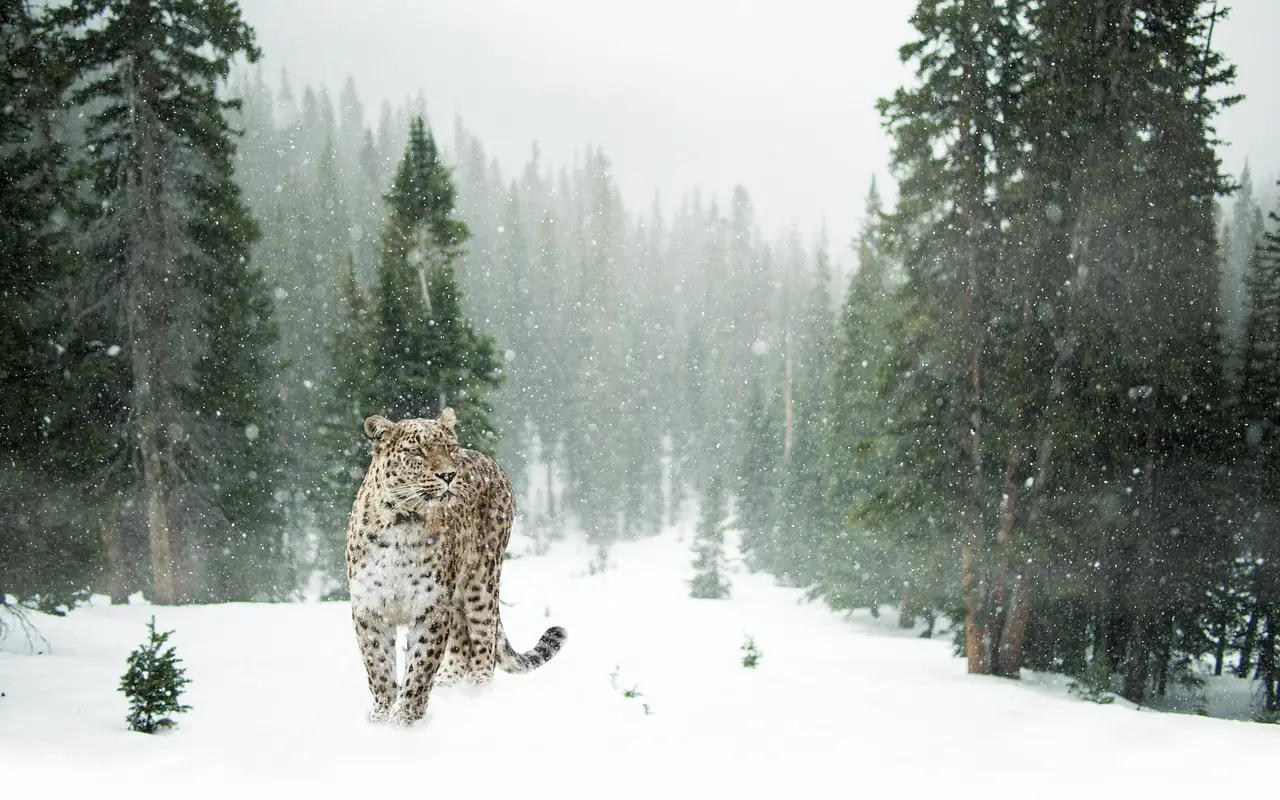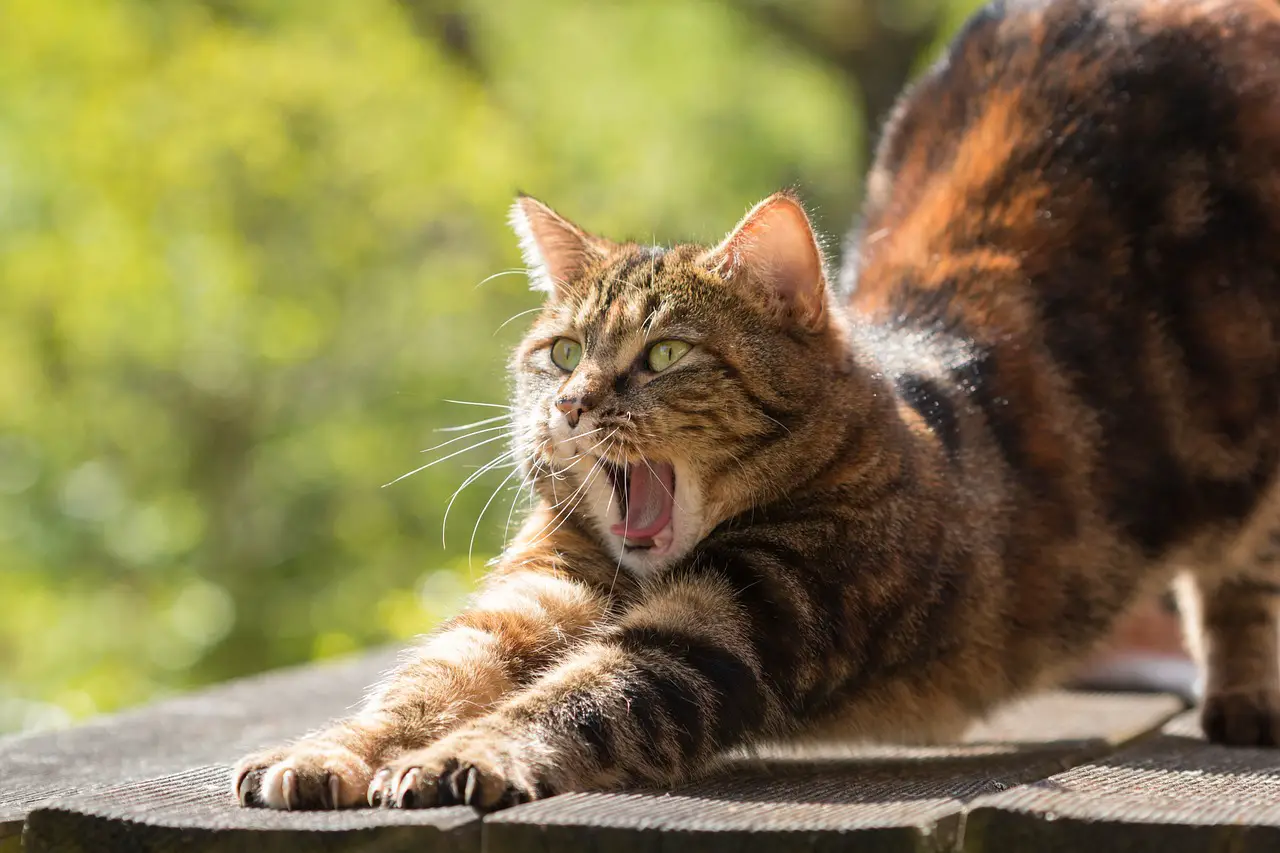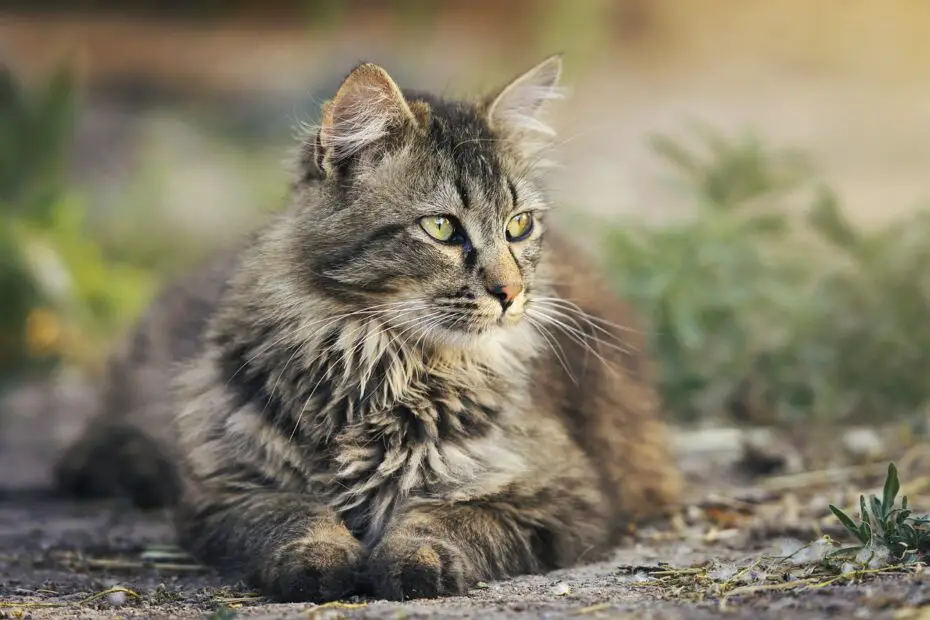Cats have been our companions for thousands of years, but their journey from wild hunters to cuddly household pets is a fascinating tale of co-evolution and mutual benefit. These enigmatic creatures have woven themselves into the fabric of human history, playing diverse roles from pest controllers to revered symbols.
In this blog, we’ll explore the evolution of domestic cats, tracing their transformation from fierce predators to the beloved feline friends we know today.
You may also want to know if cats can swim.
1. The Evolution of Domestic Cats
The story of domestic cats begins in the wild. The earliest ancestors of modern cats are believed to have roamed the earth around 10-15 million years ago. These early felids, known as Proailurus, were tree-dwelling carnivores with retractable claws—a crucial adaptation for stalking and capturing prey.
As time went on, cat species diversified, with various subspecies adapting to different environments and niches. Among these, the African wildcat (Felis lybica) stands out as the direct ancestor of the domestic cat (Felis catus). It is from these wildcats that our beloved house cats inherited many of their hunting instincts, behaviors, and physical characteristics.

2. Pioneering Domestication
The process of cat domestication is believed to have begun around 9,000 years ago in the Near East, specifically in the region that is now modern-day Turkey and the Middle East. This period marked a significant shift in human civilization—the transition from a nomadic lifestyle to settled agriculture.
As humans began storing surplus crops, they inadvertently created an attractive environment for rodents, which in turn drew wildcats to the burgeoning settlements. The cats’ natural hunting skills proved invaluable in controlling the rodent population, which threatened stored food supplies.
Gradually, a mutually beneficial relationship developed between humans and these wildcats. The cats provided pest control services, while humans offered a steady supply of food and shelter. Over generations, wildcats that were more tolerant of human presence thrived, eventually leading to the gradual domestication of the species.
3. Egyptian Cat Worship
One of the earliest recorded instances of cat domestication can be traced back to ancient Egypt. The Egyptians regarded cats with great reverence and considered them sacred animals. Cats, particularly the Mau (a small, spotted breed), were often associated with the goddess Bastet, who represented home, fertility, and childbirth.
The penalties for harming or killing a cat in ancient Egypt were severe, sometimes even resulting in death sentences. Cats were often depicted in Egyptian art and were even mummified and buried with their owners to accompany them in the afterlife.
This elevated status of cats in Egyptian society further solidified their role as cherished companions rather than just pest controllers.
4. Cats in the Middle Ages
Despite their revered status in ancient Egypt, cats faced varying degrees of acceptance and persecution throughout history. During the Middle Ages in Europe, cats were associated with superstitions, witches, and the supernatural. Black cats, in particular, were often considered omens of bad luck and were linked to witchcraft.
The negative perception of cats during this period led to mass exterminations, especially during the Black Plague, when cats were erroneously believed to be carriers of the disease. The subsequent decline in cat populations allowed rodent infestations to flourish, contributing to the spread of the plague.

5. Cats as Ships’ Companions
Cats found their way onto sailing ships during the Age of Exploration and the colonial era, where they served as essential crew members. On long sea voyages, rats and mice posed a significant threat to stored provisions, and cats were valued for their pest control abilities.
Cats became a common sight on ships, often referred to as “ship’s cats.” Their presence was not only practical but also comforting to sailors, providing a touch of home and companionship during their arduous journeys.
6. The Rise of Cat Fancy
The 19th century marked a significant shift in the perception of cats. The Industrial Revolution led to urbanization and the rise of the middle class, which had more leisure time and disposable income. This, in turn, gave rise to “cat fancy,” a term referring to the breeding and exhibition of pedigree cats.
The first official cat show took place in London in 1871, where various breeds were showcased and judged. Cat breeding became a hobby for many, leading to the recognition of specific cat breeds and the establishment of breed standards.
7. The Birth of the Modern House Cat
As cat fancy gained popularity, so did the concept of the modern house cat. Cats were no longer solely working animals; they became cherished pets, valued for their companionship and unique personalities.
Selective breeding played a significant role in shaping the diverse range of cat breeds we have today. Breeders focused on developing cats with specific physical characteristics and temperaments, leading to the creation of breeds like the Persian, Siamese, Maine Coon, and many others.
8. The Internet Cat Sensation
The 21st century brought with it a new era for cats—the digital age. The internet became a platform for sharing cat photos and videos, and cats quickly rose to online stardom. Memes like Grumpy Cat and Keyboard Cat became household names, and cat videos accumulated millions of views.
The internet’s fascination with cats gave rise to a global cat culture, and cats became symbols of humor, cuteness, and companionship. Online communities dedicated to cats sprouted up, connecting cat lovers from around the world.
9. Cats Today: Beloved Companions
In contemporary society, cats hold a special place in our hearts. They are cherished members of our families, offering comfort, companionship, and endless entertainment. Cats have also continued to demonstrate their incredible hunting skills, helping to control pest populations in both rural and urban environments.
The bond between humans and cats has never been stronger. Cat cafes, adoption events, and the widespread practice of spaying and neutering have contributed to the well-being of cats and the reduction of stray populations.
Conclusion: The Evolution of Domestic Cats
The evolution of domestic cats from wild hunters to cuddly companions is a testament to the enduring and transformative power of our bond with animals. Cats have adapted to various roles throughout history, from hunters to symbols of divinity, shipmates to cherished pets. Our shared history is a testament to the incredible journey these enigmatic creatures have taken alongside us.
Today, cats continue to captivate our hearts with their independence, playfulness, and affection. They remind us of our shared history and the extraordinary journey that brought us together. Whether curled up on our laps or exploring the world outside, cats are living reminders of a time when the wild and the domestic coexisted, creating a harmonious partnership that has enriched our lives for millennia.
